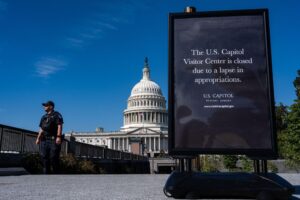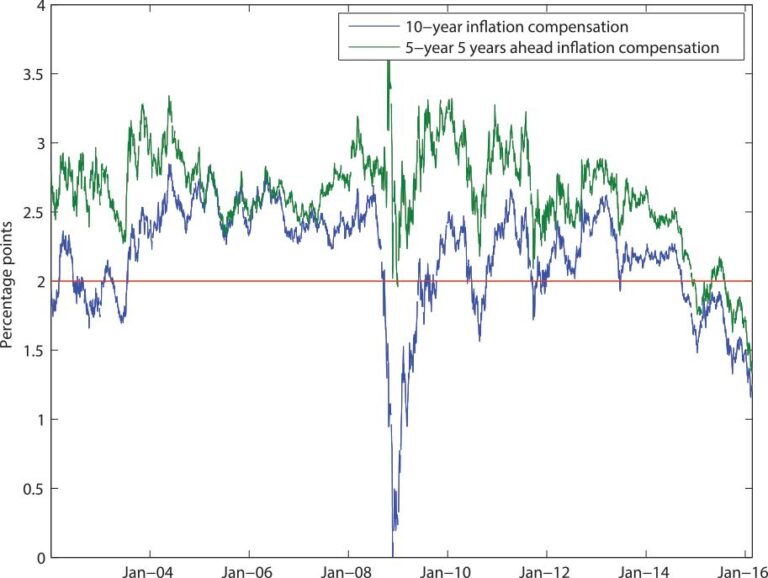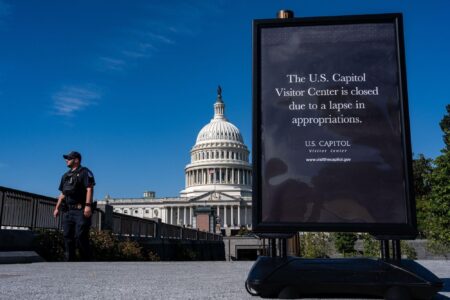Federal Reserve’s May Meeting: Navigating Inflation, Employment Challenges, and Financial Stability Risks
Persistent Inflation Concerns Dominate Fed Deliberations
In the Federal Reserve’s May policy session, officials voiced heightened worries about enduring inflationary pressures that continue to challenge the U.S. economy. Despite a series of interest rate increases, inflation remains stubbornly elevated, fueled by strong wage growth and ongoing supply chain bottlenecks. Policymakers emphasized the risk that inflation expectations could become entrenched, complicating efforts to restore price stability without triggering a significant labor market downturn.
The committee’s primary concerns centered on:
- Inflation persistence: Continued price increases in sectors such as housing and energy
- Labor market uncertainty: The unpredictable impact of tighter financial conditions on unemployment rates
- Financial system risks: Potential fragilities arising from rapid credit expansion and market fluctuations
| Risk Category | Concern Intensity | Possible Consequences |
|---|---|---|
| Inflation Durability | High | Extended price hikes, more aggressive monetary tightening |
| Employment Market | Moderate | Increased unemployment risk |
| Financial Stability | Moderate | Market corrections or credit restrictions |
Employment Sector Weaknesses Pose Threats to Economic Resilience
The minutes from the May meeting also highlighted vulnerabilities within the labor market that could undermine broader economic stability. Fed members expressed caution about uneven job growth across industries, noting that sectors traditionally resilient during downturns are showing signs of strain. These disparities raise concerns about potential spikes in unemployment, which could exacerbate inflationary pressures and increase economic volatility.
Key labor market challenges identified include:
- Unequal job availability across different industries
- Inconsistent wage growth potentially limiting consumer spending power
- Risk of sudden labor market adjustments triggered by external shocks
To illustrate these risks, the Fed pointed to contrasting job growth projections across sectors:
| Industry | Forecasted Job Growth (%) | Risk Assessment |
|---|---|---|
| Retail Trade | -3.0 | High |
| Information Technology | 1.5 | Moderate |
| Education Services | 3.8 | Low |
Monetary Policy Strategies Under Review Amid Financial Market Uncertainties
Fed officials deliberated on potential monetary policy adjustments to address the intertwined challenges of persistent inflation, labor market fragility, and financial market volatility. The discussions reflected a prudent stance, weighing the benefits of incremental interest rate hikes against the risks of stifling economic momentum. Additionally, the committee considered modifications to asset purchase programs, emphasizing the importance of adaptability in response to shifting economic indicators and global economic pressures.
Factors influencing policy considerations included:
- Inflation dynamics: Continued disruptions in supply chains and evolving consumer demand patterns
- Labor market signals: Emerging slack balanced against the dangers of premature tightening
- Financial market health: Vigilance over credit conditions and asset price stability
| Policy Element | Risk Level | Potential Response |
|---|---|---|
| Inflation | High | Gradual interest rate increases |
| Unemployment | Moderate | Data-driven pauses |
| Market Stability | Elevated | Enhanced liquidity measures |
Balanced Policy Approach Recommended to Foster Growth and Curb Inflation
The Federal Reserve’s May meeting underscored the importance of a measured monetary policy that simultaneously supports economic expansion and controls inflationary trends. Policymakers cautioned against overly aggressive tightening that could hinder labor market recovery, while also warning that excessive accommodation might allow inflation to escalate beyond target levels. The consensus favored a cautious path forward, involving modest rate hikes combined with close monitoring of economic data.
Key priorities identified include:
- Maintaining agility to respond promptly to labor market developments
- Carefully assessing inflation trajectories to avoid premature policy shifts
- Safeguarding financial system resilience amid global economic uncertainties
| Focus Area | Objective | Expected Result |
|---|---|---|
| Economic Growth | Strengthening employment | Steady recovery |
| Inflation Management | Price stability | Controlled inflation rates |
| Risk Mitigation | Financial market stability | Reduced volatility |
Conclusion: Fed’s Delicate Balancing Act Amid Economic Uncertainty
The Federal Reserve’s May meeting minutes reveal a central bank grappling with persistent inflation, labor market vulnerabilities, and financial system risks. As the Fed navigates these complex challenges, its future policy moves will be closely scrutinized by investors and economists. The detailed discussions highlight the institution’s commitment to balancing inflation control with sustaining employment and ensuring financial stability in an unpredictable economic environment.





